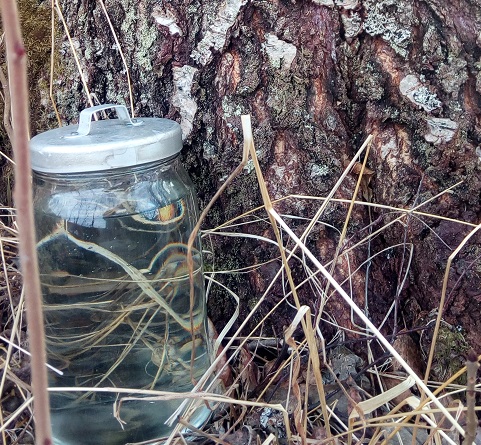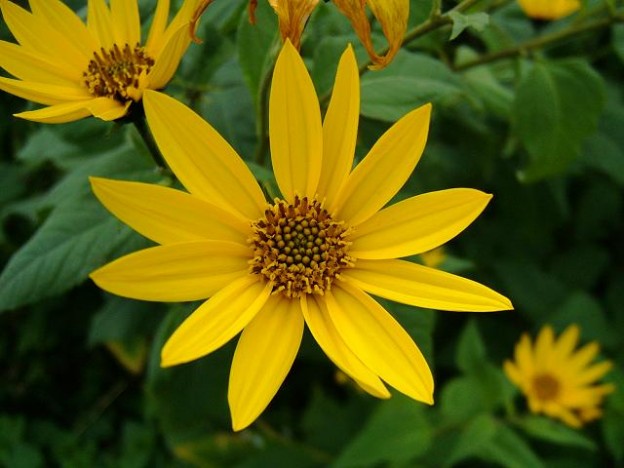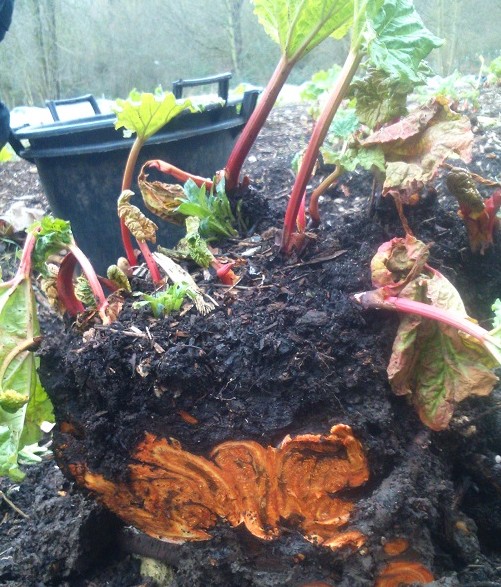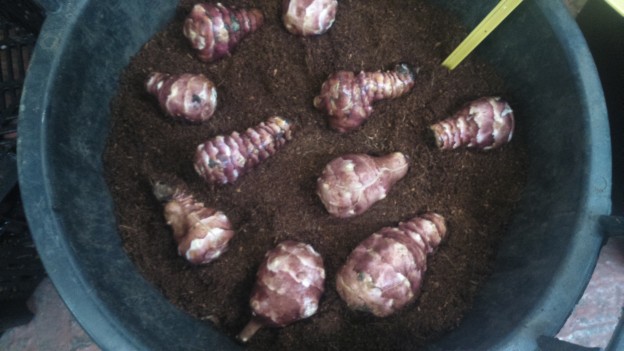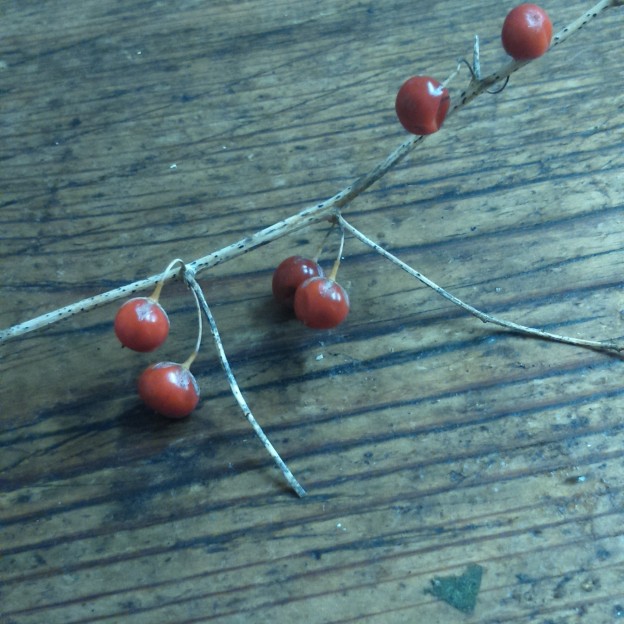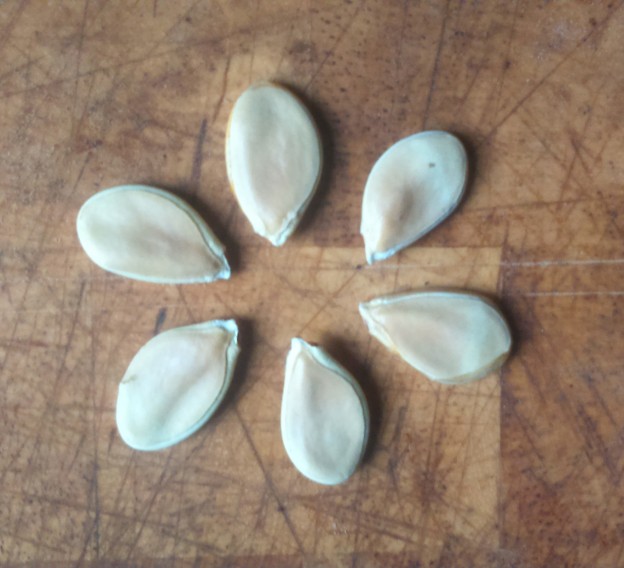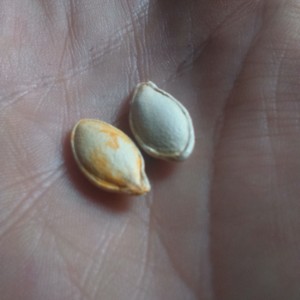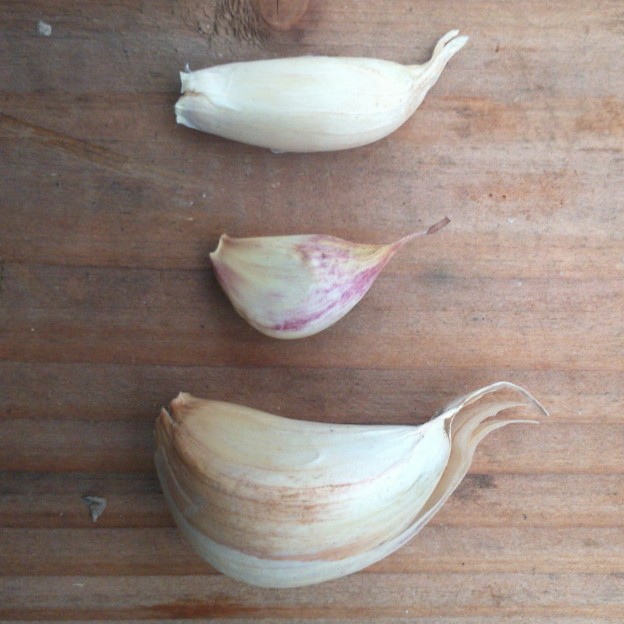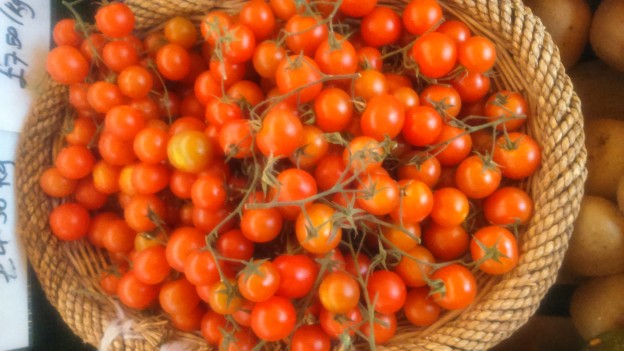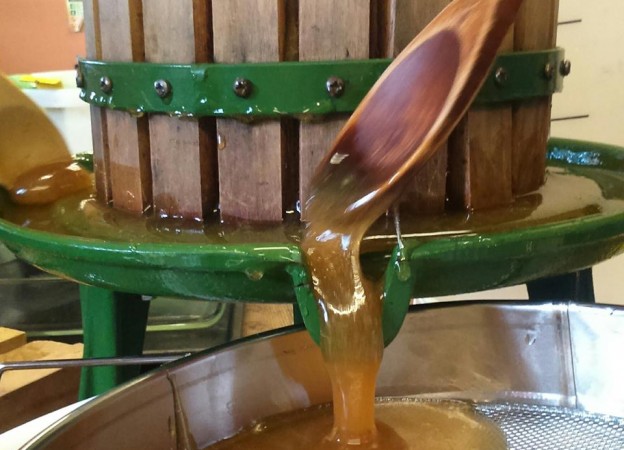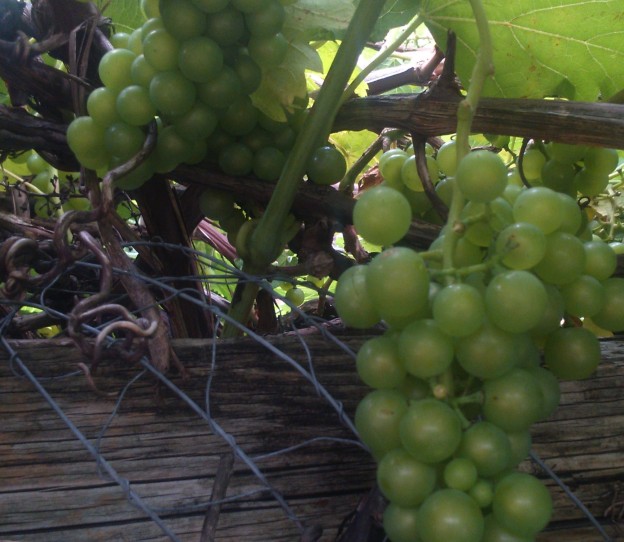One of my favourite things in life is learning new things. It is when I feel my most alive, when I feel my eyes are widest and the world seems, more amazing somehow. I expect there is a percentage of folks out there to whom things come easily, gifted folks who are “naturals” at certain things. I am not one of them.
Learning is rarely straight forward and most times I find myself excited, confused and exhausted all at the same time. I also fail, a lot. I’m not bragging that I’ve gotten things wrong, I certainly never set out with a mindset of anything other than success, it’s just the way I learn best. Over the last four decades I’ve come to accept that this is how things go. I’ll happily tell you I am bound to make every mistake acquiring a new skill might entail, but so long as I am not repeating those mistakes and getting stuck, then in my mind at least, it’s a win.
With that in mind, so far in 2017 there has been a lot of learning along side some marginal gains. Our first succession sowing of heirloom and heritage beans are off to an amazing start, the tomatoes are tentatively stretching up out of the seedling soils and the sap collection from our Birch is in the final quarter of what might be the shortest season on record! The same unusually high temperatures that are helping the seedlings yawn to life has also put the bushes and trees into overdrive and “bud burst” is just around the corner. I’m guessing we’ll start seeing leaves in 48 to 72hrs. I love this time of year, the rush of life and sense of urgency in the awakening of things. Conversely, it also means our new venture into Birch Syrup is at risk of being cut short this year which will probably mean more trials next year!
